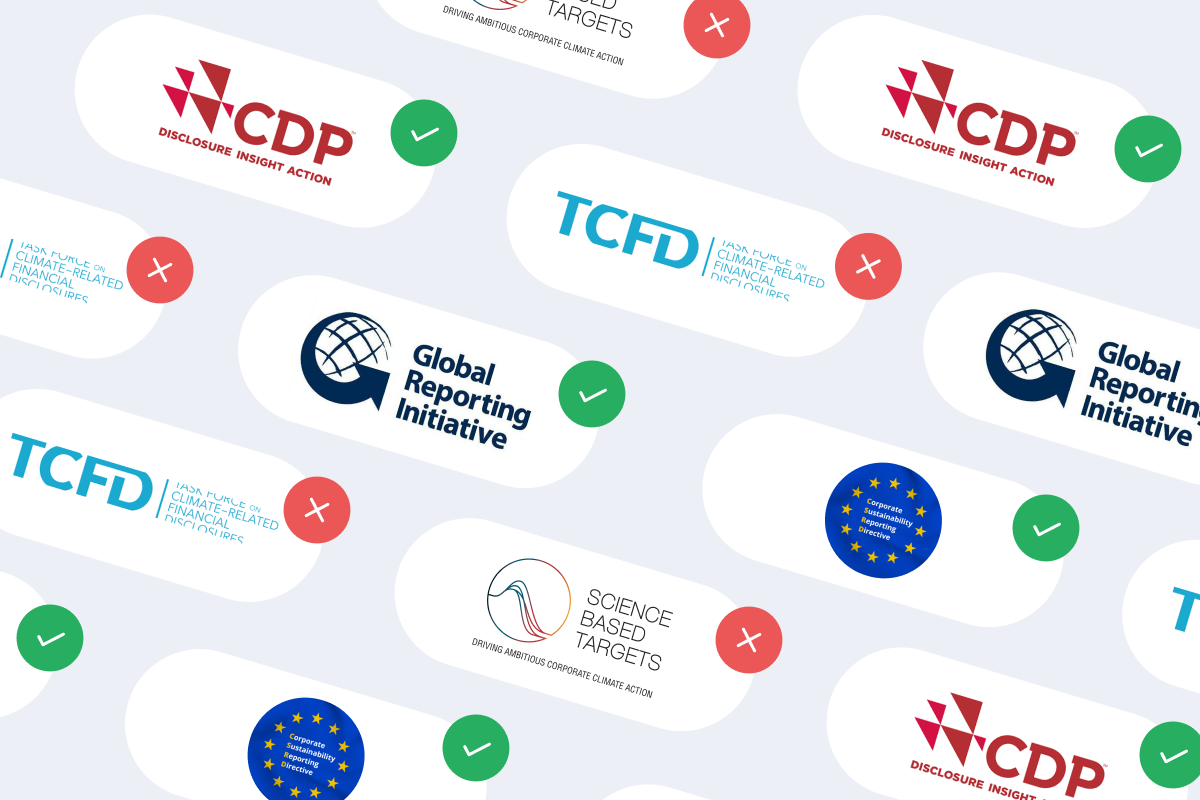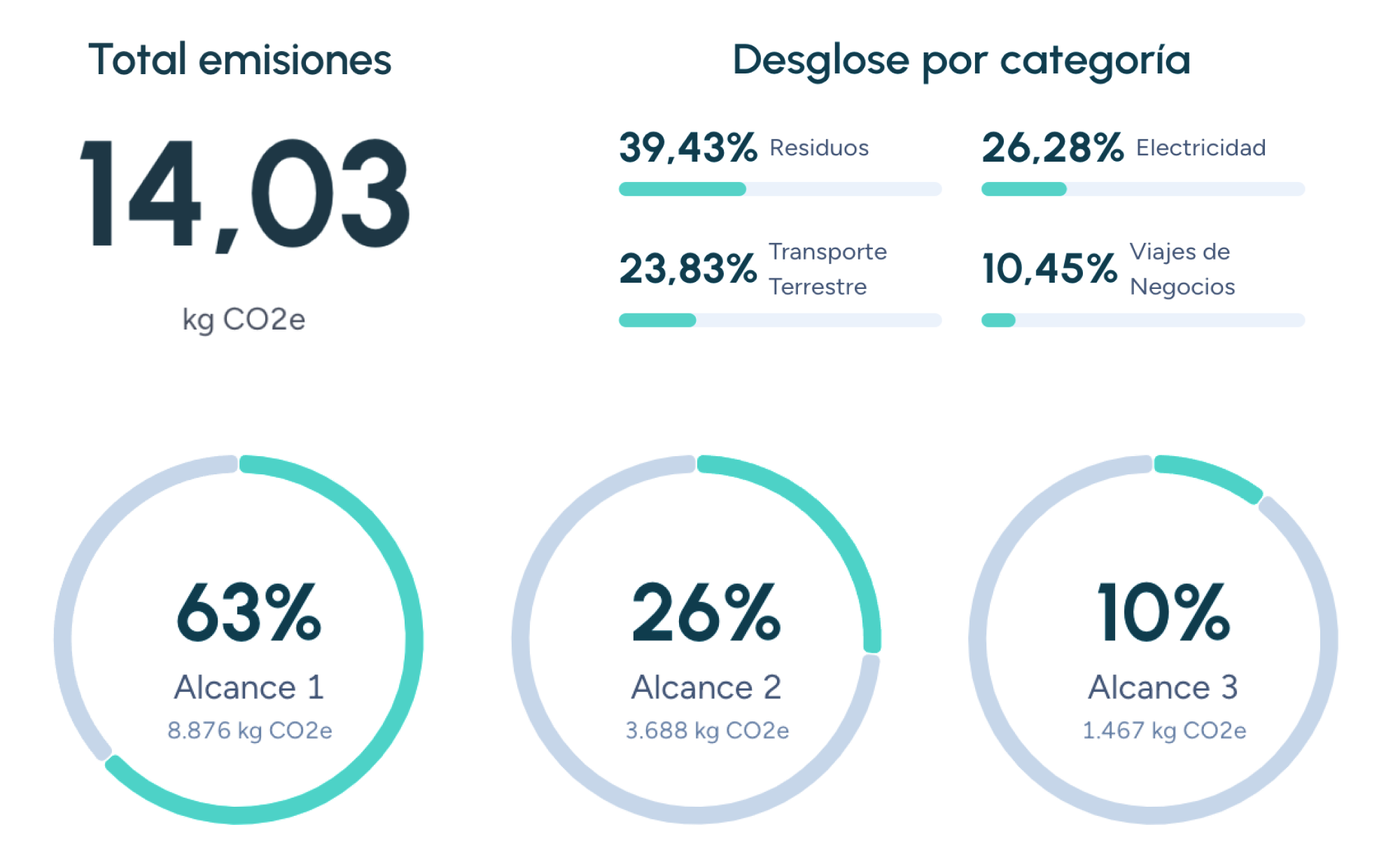Back to the blog
Corporate sustainability
Permaculture farming: A scalable solution for agribusiness
Carolina Skarupa
Product Carbon Footprint Analyst
Global agribusiness is at a crossroads. On one hand, it must meet the rising food demands of an ever-growing population. On the other, it faces intensified scrutiny over environmental impacts such as deforestation, soil degradation, and high carbon emissions.
Permaculture farming has emerged as a promising solution that blends ecological stewardship with economic viability. Although permaculture has often been associated with small-scale or community-based projects, new developments reveal its potential to be scalable and profitable for large agribusinesses.
In this article, we’ll explore the fundamentals of permaculture farming, its benefits, and the practical steps for scaling it to meet commercial demands.
What is permaculture farming?
Permaculture farming is a holistic approach to agriculture that mimics natural ecosystems. Coined from the words “permanent” and “agriculture,” the practice aims to design self-sustaining systems where plants, animals, insects, and the environment support each other.
Key principles include:
- Diversity: instead of monocultures, permaculture embraces a variety of plant species that promote natural pest control and enrich the soil.
- Soil health: healthy soil is achieved through composting, mulching, and minimal tilling, thereby improving structure and fertility.
- Resource maximization: water conservation, renewable energy, and waste reduction are central to maximizing resources.
- Regeneration: permaculture goes beyond sustainability by actively restoring and regenerating the land over time.
Why permaculture is relevant for agribusiness
- Higher resilience: diverse, well-structured farms are better at withstanding climate fluctuations, pests, and diseases.
- Reduced input costs: natural pest management and soil fertility practices cut down on chemical fertilizers and pesticides.
- Enhanced brand value: consumers are increasingly aware of environmental impacts; farming practices that prioritize ecosystem health can enhance brand reputation.
- Long-term profitability: while upfront investments in infrastructure and training may be higher, long-term operational costs often decrease, and yield stability improves.
Scaling permaculture farming
- Phased implementation: large agribusinesses can adopt pilot plots for testing permaculture practices before applying them across entire estates.
- Technological integration: leverage precision agriculture tools—such as drones, soil sensors, and farm management software—to monitor soil health, crop performance, and resource usage.
- Training and education: conduct workshops for farm managers and workers. Collaboration with universities or NGOs can bridge knowledge gaps.
- Market development: align with consumers and retailers seeking ethically sourced products. Labels like “organic” or “regenerative” can capture premium prices.
- Financial planning: explore green financing or sustainability-linked loans to support capital expenditures for permaculture adoption.
Real-world examples
- Mirroring natural forests: some large-scale coffee plantations have adopted shade-grown methods, integrating layers of fruit trees and shrubs. This not only improves coffee quality but also creates habitats for birds and pollinators.
- Agroforestry in Africa: certain African agribusinesses practice agroforestry, planting trees among crops to protect the soil from erosion and maintain cooler microclimates.
- Community-supported agriculture (CSA): while often smaller in scope, CSAs can offer insights into diversifying revenue streams and engaging consumers directly.
Overcoming challenges
- Initial investment: transitioning from traditional monoculture to permaculture may require redesigning farm layouts and purchasing new equipment.
- Complex management: mixed cropping systems are more diverse, which can demand more complex planning and labor management.
- Cultural shifts: workers and managers accustomed to conventional methods may need time to adapt to permaculture’s holistic philosophy.
- Market uncertainty: while demand for organic and regenerative produce is growing, market availability and pricing structures can be unpredictable.
The role of policy
Government incentives, like subsidies for regenerative agriculture, can lower the barrier to permaculture adoption. Policies promoting biodiversity, water conservation, and soil regeneration encourage agribusinesses to integrate more sustainable practices.
Steps for effective implementation
- Start small, think big: begin with a few acres to test various permaculture designs, then expand once you see tangible results.
- Engage experts: collaboration with agronomists, permaculturists, and environmental scientists can guide large-scale design and monitoring.
- Focus on soil: healthy soil underpins productive farms. Employ composting, cover crops, and minimal tillage to maintain soil fertility.
- Diversify revenue: grow multiple crops, raise livestock, or integrate agro-tourism to spread financial risk and seize new revenue opportunities.
- Monitor and adapt: continuously track soil health, yield data, and economic performance. Adjust the farm layout and species mix based on feedback and evolving conditions.
Permaculture farming and corporate sustainability
Permaculture farming is a viable, scalable solution that can revolutionize agribusiness by fostering healthier soils, supporting biodiversity, and stabilizing yields. Through technological innovation, stakeholder engagement, and savvy market positioning, large-scale farms can reap the economic and ecological rewards of this holistic approach.
By committing to permaculture principles, agribusinesses not only benefit financially but also contribute to a more resilient and regenerative global food system.
Carolina Skarupa
Product Carbon Footprint Analyst
About the author
Graduated in Industrial Engineering and Management from the Karlsruhe Institute of Technology, with a master’s degree in Environmental Management and Conservation from the University of Cádiz. I'm a Product Carbon Footprint Analyst at Manglai, advising clients on measuring their carbon footprint. I specialize in developing programs aimed at the Sustainable Development Goals for companies. My commitment to environmental preservation is key to the implementation of action plans within the corporate sector.
Content
Companies that trust us

Implementing the GLEC Framework in Logistics: Emissions Calculation and Fleet Optimization
Discover how to apply the GLEC Framework to measure logistics emissions, comply with ISO 14083, and optimize fleets.
10 November, 2025
How to Communicate your Decarbonization Strategy and Avoid Greenwashing
Learn how to communicate your decarbonization strategy with transparency and verified data. Avoid greenwashing and build customer trust.
15 October, 2025
Transition Risk: What it means for Corporate Strategy
Learn how businesses can navigate transition risks related to climate policies and economic shifts.
14 May, 2025
Guiding businesses towards net-zero emissions through AI-driven solutions.
© 2025 Manglai. All rights reserved
Política de Privacidad


